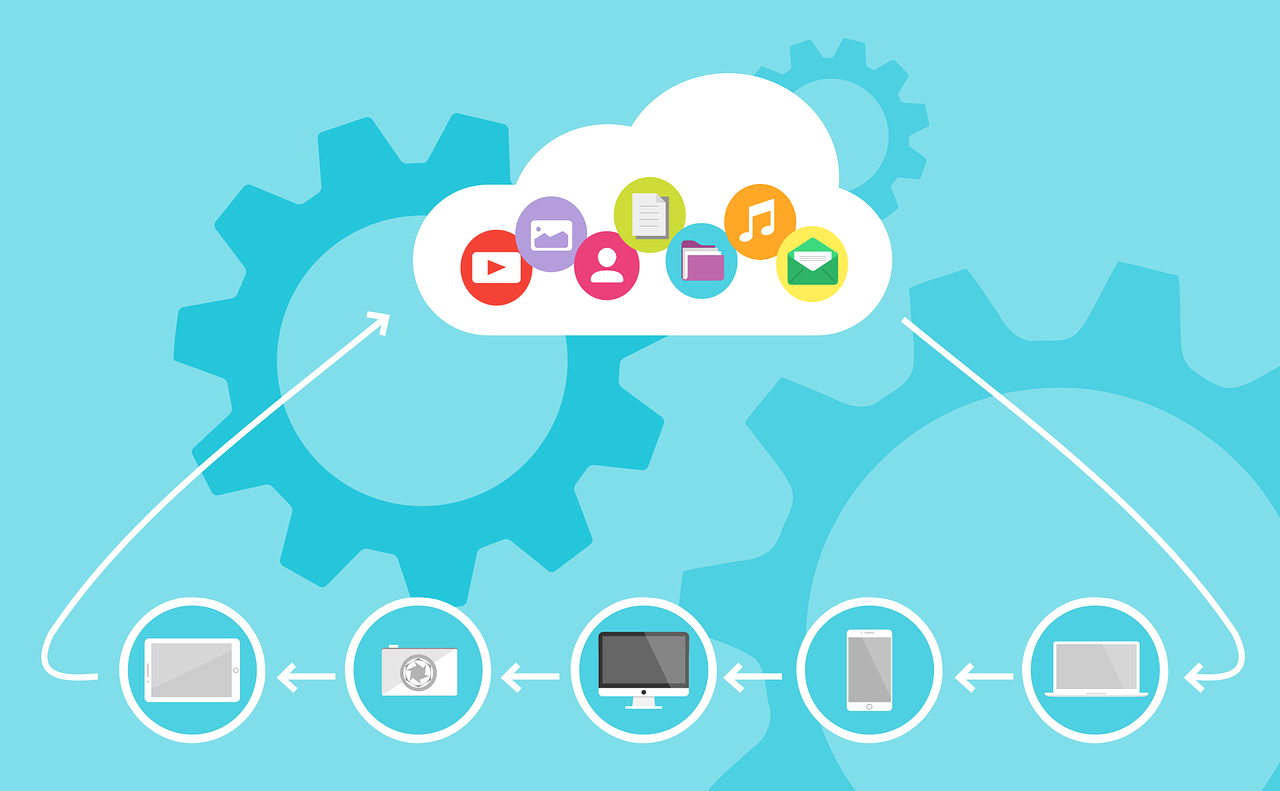Securing data is the primary objective of any business now as data is one among the major capital elements contributing towards business success. With the recent threats regarding data management as cyber-attacks or loss due to other disasters, decision makers are keen on strengthening data security and taking measures to eliminate such risks.
On the other hand, cloud computing is one of the latest and greatest technology of recent times, which enables the businesses to host their data on virtual service than spending largely for on premise storage solutions. Migrating to the cloud will further save a lot of costs and also makes database set up and management easier with anytime access.
Cloud data disaster recovery
As cloud computing technology becomes more and more prevalent in corporate data management, the major challenge for businesses is to migrate their data to cloud hosting. In fact, all the modern-day backup and recovery processes are shorted to cloud-based solutions, which are in fact less hardware dependent. Expert cloud solutions offer agile data recovery solutions by safeguarding critical business data.
The most important thing to consider on assessing cloud data backup is your business IT goals. The budget is also a crucial factor to consider. As cloud computing is playing critical in moving capital expenditure further to operational expenditure, the IT administrators need to ensure critical disaster recovery solutions too which first to the operational budget and ensure best ROI. To achieve this, you have to consider some essential cloud computing database management and recovery strategies as below.
Five essentials of cloud data backup and recovery
1. Analyze the cost
In a modern-day database storage environment where all data gets stored in the cloud, budget on this may often focus on the judgment call of the most critical data. While considering cloud data recovery solutions, you can first decide which one first your budget the best. The essentials to consider include:
- Backup as well as recovery of files.
- Auditing
- Server images for the virtual and physical servers
- 24×7 engineering support
- Scalability
2. Speed of backing up
As the size of business database keeps on increasing each hour, the most reliable solutions are the one which can offer required data backup and transfer speed. Quickly recover the cloud data essential and a high-speed transfer rate will also offer organizations a better stand to make sure that all its systems and applications are restored within the specific time windows without adversely affecting business operations and breaking the flow.
3. Shift from the hardware-centric approach
The average cost of business IT downtime, as estimated by research run by a data recovery firm, comes to about $100,000 / hour. What’s is more unfortunate is that many businesses experience 20 or more hours of unplanned downtime per year due to natural disasters or other on premise infrastructural issues. The conventional backup systems and recovery mechanisms are largely dependent on the hardware and tape backup which is not only costly but also suffers in the ability to withstand the prevailing cyber threats of the era. So, one of the objectives on moving to the cloud should be set as accelerating data recovery and eradicating the need for upgrading hardware appliances.
4. Setting up the recovery time
While migrating to cloud, it is crucial to know how long your business can sustain if the access to data is cut. While you are planning for a recovery strategy, it is essential to provide these parameters as IT managers should work on it closely to set a backup and restoration plan. It may vary from a matter of minutes to even a whole day or two.
5. Efficient user experience
With cloud computing data management, an IT expert must be able to enjoy appliance-free recovery solutions from anywhere anytime. The manager should be able to log into the web and initiate the restoration. In fact, the updated cloud solutions will simply allow you to download the files even without the need to recover the entire server image. Even if one needs to do it, ease of use and flexibility should be standard for cloud recovery.
Along with these, data security is also a key point to count while considering public cloud providers and centers. As we know, maintaining internal IT infrastructure offers many benefits like the predictable performance, established processes, and on-premise administrators. But, many enterprises only have fewer security resources as dedicated. But, in this case, cloud providers operating at a larger scale have more security experts in their roll who care well versed to tackle the latest threats.
It is a fact that cloud data transitions may sometimes be complex, a bit confusing, and initially costly. But, once established successfully, it can be a long-term solution to your database management and recovery problems. Moreover, cloud databases offer you infinite scalability too without the need to find additional operating capital for upgrading the physical IT infrastructure.




